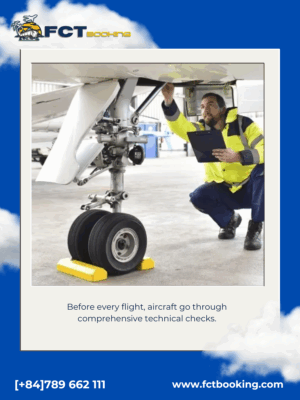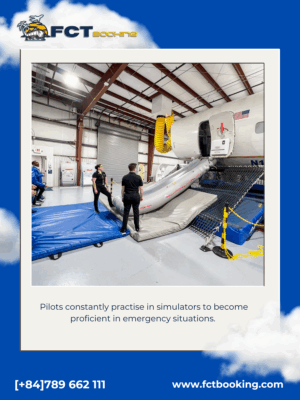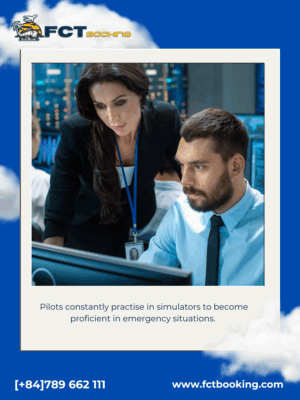✈ Aviation – The Industry with the Highest Safety Standards ✈
The aviation industry is regarded as one of the safest in the world, thanks to its multi-layered control systems, strict procedures, and close coordination between humans, technology, and legal regulations.
🔍 Key Factors Behind Aviation Industry’s Strict Safety Procedures
1️⃣ Rigorous Technical Inspections

-
Before each flight: The aircraft undergoes a comprehensive check (fuel levels, tire pressure, hydraulic systems, flight controls, etc.).
-
Scheduled maintenance: Depending on flight hours, aircraft go through A-checks, B-checks, C-checks, or D-checks (where the entire aircraft may be disassembled for inspection).
-
Certified technicians must sign off every step to ensure nothing is overlooked.
2️⃣ Continuous Crew Training

-
Pilots regularly train in simulators to handle emergency scenarios such as engine failure, severe weather, or emergency landings.
-
Cabin crew are periodically trained in first aid, evacuation procedures, fire-fighting, and assisting special passengers.
3️⃣ Global Flight Monitoring Systems

- Every flight is tracked 24/7 by radar, satellites, and air traffic control centers (ATC).
- Flight paths, altitude, and speed are constantly monitored to prevent errors or incidents.
4️⃣ International Standards and Oversight
-
Airlines comply with international standards set by ICAO (International Civil Aviation Organization) and IATA (International Air Transport Association).
-
Airlines, airports, and staff must be certified to operate under these globally recognized regulations.
5️⃣ Advanced Technology Integration
-
Modern aircraft have ice detection systems, weather radar, terrain warning systems, and advanced autopilot features.
-
Cockpits are reinforced with secure doors to prevent unauthorized access (especially after 9/11).
💡 An Impressive Fact
👉 The probability of a major aviation accident is extremely low — about 1 in several million flights.
👉 Air travel is the safest mode of transportation in the world, far safer than cars or motorbikes.



 Tiếng Việt
Tiếng Việt